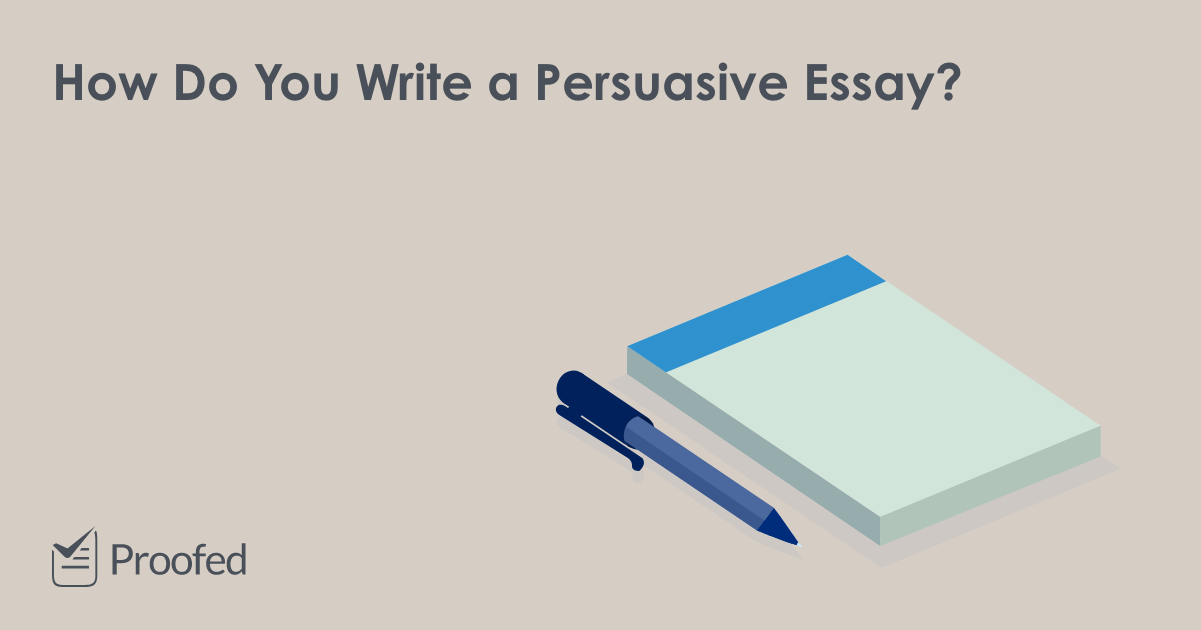As the title suggests, a persuasive essay argues for an argument with robust evidence. Evidence may come in the form of facts, logical arguments, or statements made by experts. Personal experience may also be useful. Whenever possible, anticipate the reader’s objections and counter them. Organize your evidence in a way that makes it most persuasive. By presenting your strongest arguments first, you can eliminate any doubts and convince your reader of your point of view.
Outline
When writing a persuasive essay, students must first outline their argument. In order to outline an argument, they must decide the order in which they will make their supporting points. Then, they must narrow their topic and develop an outline for their argument. An outline should contain an introduction paragraph that briefly lists the main points of the essay, body paragraphs that focus on one specific point, and a conclusion paragraph that ties everything together.
The introduction is the first part of an essay and usually includes an argument or an opening statement. The body of the essay should then contain at least four more sentences that support the topic sentence. In addition to the introduction, each body paragraph should have a hook that will grab readers’ attention. This hook can be a fact, an example, or a rhetorical question. It should also be an intriguing sentence. Once the audience is hooked, the rest of the essay will be much easier to write.
Body paragraphs
The Body paragraphs of a persuasive essay are a critical part of the essay. They help to support the thesis and provide evidence that your arguments are well-supported. They outline the facts and figures that back up your claim. For example, you may use examples to explain the benefits of free Wi-Fi at schools. Your body paragraphs should also include quotes that demonstrate the intellectual ability of your readers. You can also use the Body paragraphs to make your readers agree with your point of view.
Your body paragraphs should support your thesis. You can support your claims with examples, research, studies, and statistics, or text citations. Remember to make the main body of your essay a blend of substance and analysis. The content should be textual evidence from primary sources. It is also crucial to include a thesis statement that proves your point. You can use the Body Paragraphs to argue for or against a particular position.
Conclusion
A good conclusion for a persuasive essay should summarize the main points of the essay and reinforce the thesis. The writer of a persuasive essay must make a convincing case for his or her point of view, and must support that position with relevant facts and data. In addition to these, he or she can also draw upon personal experiences to support his or her position. Ultimately, a persuasive essay should be able to persuade readers to act in a specific way.
The conclusion of a persuasive essay is one of the most crucial aspects of the essay. It should restate the main points, citing relevant sources, and providing background information about the topic. The writer should also avoid oversimplification, new information, and a summary of other people’s positions. In the final paragraph, the writer must leave the reader with a lasting impression. It should also make use of bold language and make sure that all references are listed properly.
Ethos
The ethos of a persuasive essay appeals to the reader’s personal values and trustworthiness. When a politician talks about legal reform, he or she should be from the same community as the audience, so that the audience will feel comfortable listening to his or her arguments. In addition, the speaker’s credibility and authority will make the audience trust the argument more. But how does a writer convey credibility? Listed below are some examples of ethos in a persuasive essay.
Logos: This strategy uses logic and reasoning to persuade an audience. While it can be effective as a standalone approach, logos works best when backed by real-world evidence. In the case of an argument based on ethos, the author will first show how the issue is presented from a different perspective. It may also use a person’s reputation or experience. It’s a great way to demonstrate how a particular viewpoint affects the audience.

